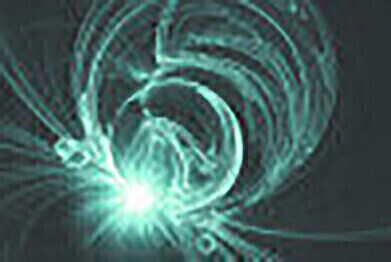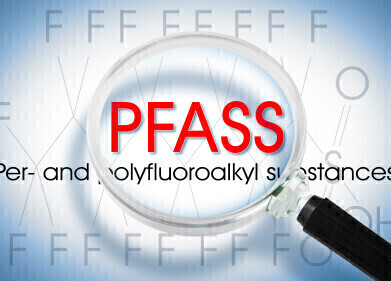LC-MS
Innovations in Screening Methods for PPCP Compounds
Jul 11 2023
Pharmaceuticals and Personal Care Products (PPCPs) are an integral part of our daily lives, offering numerous benefits to society. However, the widespread use and disposal of PPCPs have led to their accumulation in various environmental compartments, raising concerns about potential adverse effects on ecosystems and human health. As the number of PPCP compounds continues to grow, it becomes crucial to develop efficient screening methods to identify and mitigate their impact. In this editorial, we delve into innovative approaches for the screening of hundreds of PPCP compounds, offering hope for a more sustainable future.
- High-Throughput Screening: Traditional methods of analysing PPCP compounds are time-consuming and labour-intensive. However, advancements in high-throughput screening (HTS) techniques have revolutionised the process. HTS allows for the rapid analysis of hundreds of compounds simultaneously, significantly increasing efficiency and reducing costs. Automated systems, robotics, and miniaturisation techniques have enabled researchers to perform large-scale screenings, accelerating the identification of potential contaminants and their impact.
- Bioanalytical Assays: Bioanalytical assays offer a powerful tool to screen PPCP compounds due to their specificity and sensitivity. Enzyme-linked immunosorbent assays (ELISAs), cell-based assays, and receptor-binding assays are some examples of bioanalytical methods employed for screening. These assays can detect PPCP compounds even at low concentrations, providing valuable insights into their presence and potential effects on living organisms.
- Mass Spectrometry: Mass spectrometry (MS) has emerged as a crucial technique for the identification and quantification of PPCP compounds. Its high sensitivity and selectivity make it an ideal tool for comprehensive screening. Liquid chromatography-mass spectrometry (LC-MS) and gas chromatography-mass spectrometry (GC-MS) are commonly used to analyse PPCP compounds in various environmental matrices. Coupling MS with advanced separation techniques enables researchers to detect and quantify a wide range of PPCP compounds in complex samples.
- Computational Approaches: As the number of PPCP compounds continues to rise, computational methods have become indispensable for efficient screening. In silico approaches, such as quantitative structure-activity relationship (QSAR) modelling and molecular docking, allow researchers to predict the potential toxicity and behaviour of PPCP compounds. These methods help prioritize compounds for further testing, reducing the experimental burden and focusing resources on the most relevant substances.
- Integrated Monitoring Systems: To tackle the complexity of screening hundreds of PPCP compounds, the development of integrated monitoring systems is crucial. These systems combine various analytical techniques, such as online solid-phase extraction, sample preconcentration, and multi-dimensional chromatography, to analyse PPCP compounds comprehensively. Integrated approaches provide a holistic understanding of PPCP contamination, facilitating risk assessment and the development of effective mitigation strategies.
Events
Apr 22 2025 Kintex, South Korea
Analytica Anacon India & IndiaLabExpo
Apr 23 2025 Mumbai, India
Apr 27 2025 Portland, OR, USA
May 11 2025 Vienna, Austria
May 18 2025 Tempe. AZ, USA













